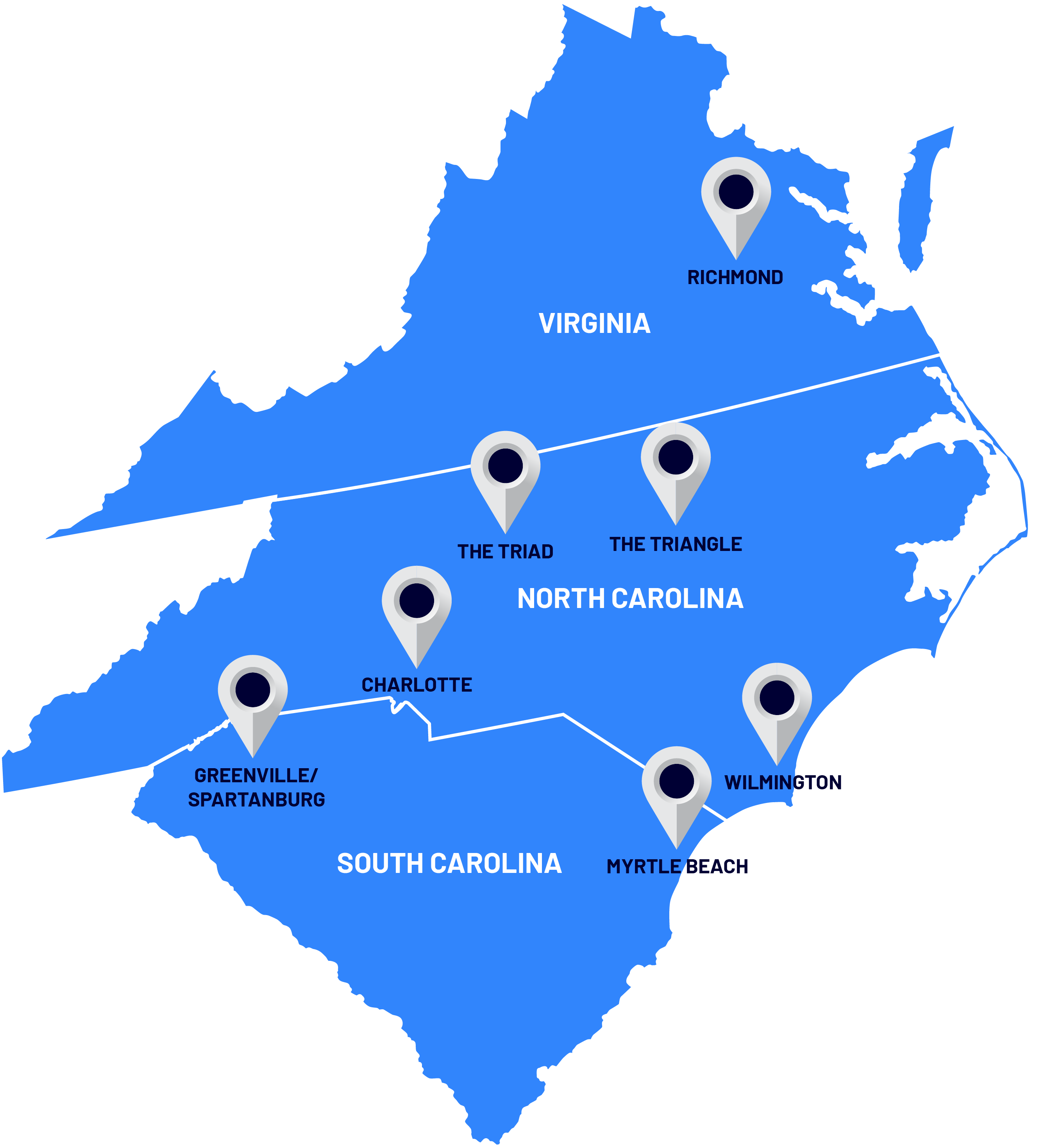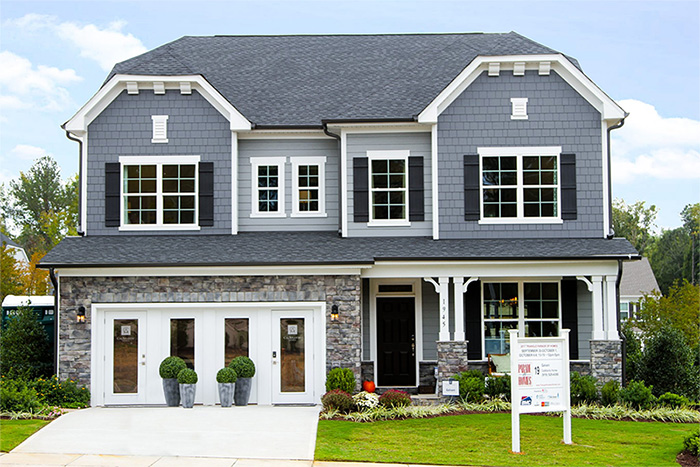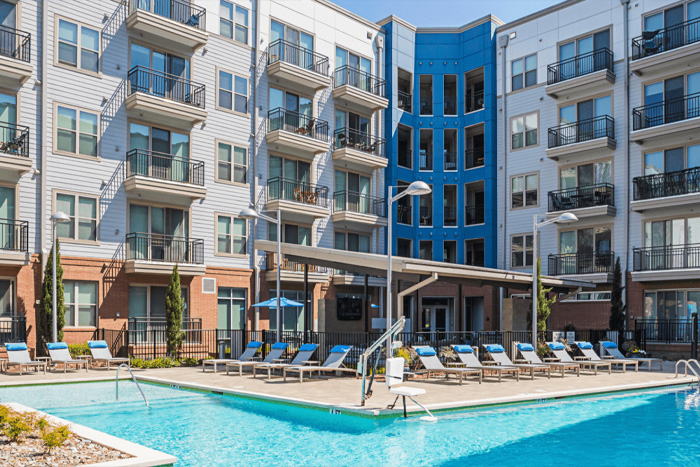As a full-service exterior contractor, we take ownership of each project and completely handle the exterior. Working with The CHE Companies on all three exterior needs means net savings, consolidated costs, and the ease of working with one expert company. Builders can feel confident that their exterior curb appeal will enhance sales by securing the best trade partners to install siding, roofing, and gutters. The quality of our long-lasting, issue-free exteriors gives builders, contractors, and homeowners real peace of mind.
Superior exteriors start here
Exceptional siding, roofing, and gutter solutions from one trusted company.
Builders & Contractors
Contact us about your upcoming projects!
Residential exteriors
We’re not just someone hired to do a job; we are true partners. We manage the entire exterior process from start to finish so contractors and builders can focus on everything else. We work efficiently, cost-effectively, and professionally. We’ve built a strong reputation and deep relationships in all our markets.
Commercial exteriors
We deliver on our promises so you can deliver on yours. As your partner, we handle all the exterior work, bringing innovation and the highest level of problem-solving to your project. We’re experts at tackling architectural and other on-site challenges.
Embracing Change for an Exciting Future: Custom Home Exteriors, LLC, and CHE Commercial, LLC Unveil New Ownership Structure
We’re expanding our residential and commercial relationships in key markets
- The Triangle, NC
- Charlotte, NC
- The Triad, NC
- Wilmington, NC
- Myrtle Beach, SC
- Greenville/Spartanburg, SC
- Richmond, VA

We value our team, our suppliers and our builders, and we treat everyone like family
0
+
Years of excellence
0
Full-time employees
0
+
Skilled contractors


